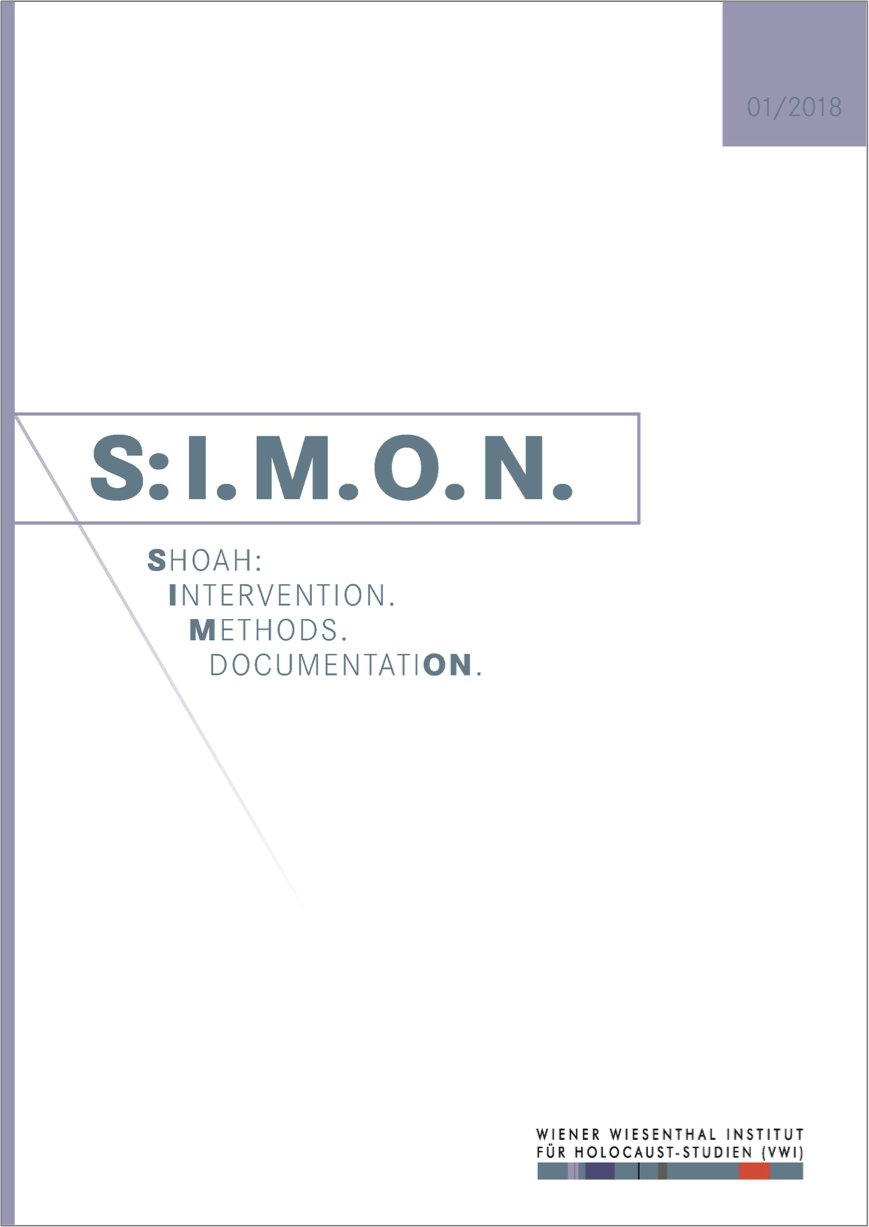Putting History in Its Place
The Spatial Exclusion of Jews in Nazi Berlin, 1933–1939
DOI:
https://doi.org/10.23777/sn.0118/art_ccor01Keywords:
memory studies; post-war afterlives; German-Jewish interactions; neighborhoodAbstract
Drawing on over 150 oral history testimonies and other personal memory sources, this article illustrates how accounts from Holocaust survivors can shed new light on the ways that spaces of everyday life changed for Berlin's Jews under the Nazi regime. By targeting these spaces and slowly demarcating them as 'Aryan' or 'Jewish,' the Nazi regime defined who belonged--and who did not--to the national community (Volksgemeinschaft). Recalling the changes to their immediate spatial environments, including their homes and neighbourhoods, Holocaust survivors emphasise that these transformations were highly visible processes, manifested in everyday spaces across Berlin. By engaging with the complex postwar afterlives of these spaces, scholars can put history in its contemporary place - in the neighbourhoods, on the streets, and outside the front doors of apartments in the city many German Jews once considered home.
Downloads
Abstract View:
933pdf downloads:
626Published
How to Cite
Issue
Section
License
S:I.M.O.N. operates under the Creative Commons Licence CC-BY-NC-ND (Attribution-Non Commercial-No Derivatives). This allows for the reproduction of all articles, free of charge, for non-commercial use, and with appropriate citation information. Authors publishing with S:I.M.O.N. should accept these as the terms of publication. The copyright of all articles remains with the author of the article. The copyright of the layout and design of articles published in S:I.M.O.N. remains with S:I.M.O.N. and may not be used in any other publications.




